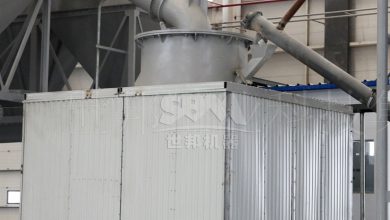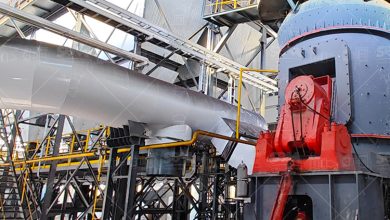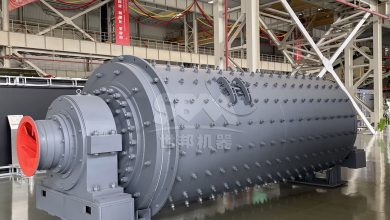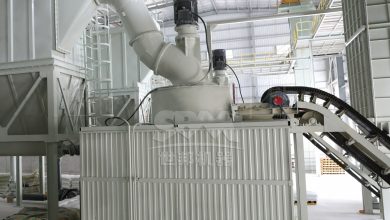Revolutionizing Wood Activated Carbon Production: The Advancement of Ultrafine Grinding Mills
Introduction
The production of wood activated carbon (AC) is a critical process in various industries, including water purification, air filtration, and gold recovery. The efficiency and quality of AC heavily depend on the particle size and surface area, which are directly influenced by the grinding technology employed. Traditional grinding methods often fall short in achieving the desired fineness and uniformity, leading to increased energy consumption and reduced product quality. This article explores the transformative role of ultrafine grinding mills in revolutionizing wood activated carbon production, with a focus on the technological advancements that enhance efficiency, precision, and sustainability.
The Importance of Particle Size in Activated Carbon
Activated carbon’s adsorption capacity is primarily determined by its surface area and pore structure. Finer particles exhibit a larger surface area per unit mass, significantly improving adsorption kinetics and capacity. For wood-based AC, achieving a consistent particle size distribution below 10 micrometers is crucial for high-performance applications. Ultrafine grinding mills, such as the SCM Ultrafine Mill, are designed to produce powders with a fineness of up to 2500 mesh (D97 ≤ 5μm), making them ideal for this purpose.
Challenges in Traditional Grinding
Conventional grinding equipment, like ball mills or hammer mills, often struggle with achieving the required fineness without excessive energy consumption. Issues such as broad particle size distribution, heat generation, and high wear rates can compromise the quality of the final product. Additionally, these methods may introduce contaminants, affecting the purity of the activated carbon.
Advancements in Ultrafine Grinding Technology
Modern ultrafine grinding mills address these challenges through innovative design and intelligent control systems. Key advancements include:
- High-Efficiency Classification: Vertical turbine classifiers ensure precise particle size control, eliminating coarse particles and ensuring uniformity.
- Energy Efficiency: Compared to traditional jet mills, advanced mills like the SCM series offer twice the capacity with 30% lower energy consumption.
- Durability and Stability: Specialized materials for rollers and grinding rings, combined with bearing-free screw grinding chambers, extend equipment life and ensure stable operation.
- Environmental Compliance: Pulse dust collectors exceed international standards, and soundproofing designs reduce noise levels to below 75dB.
Key Product Recommendation: SCM Ultrafine Mill
For wood activated carbon production, the SCM Ultrafine Mill stands out as a top-tier solution. With an input size of ≤20mm and output fineness adjustable from 325 to 2500 mesh (D97 ≤ 5μm), it caters to the precise requirements of AC manufacturing. The mill’s capacity ranges from 0.5 to 25 tons per hour, depending on the model, making it suitable for both pilot-scale and industrial production.
Technical Highlights
- Efficient and Energy-Saving: Delivers twice the capacity of jet mills with 30% lower energy consumption. Smart control systems automatically adjust to maintain consistent product fineness.
- High-Precision Classification: The vertical turbine classifier ensures accurate particle size cut-off, with no coarse powder mixing, resulting in uniform output.
- Robust Design: Specially hardened rollers and grinding rings offer extended service life, while the bearing-free grinding chamber enhances operational stability.
- Eco-Friendly Operation: Pulse dust collection achieves efficiency beyond international standards, and noise levels are kept below 75dB through integrated soundproofing.
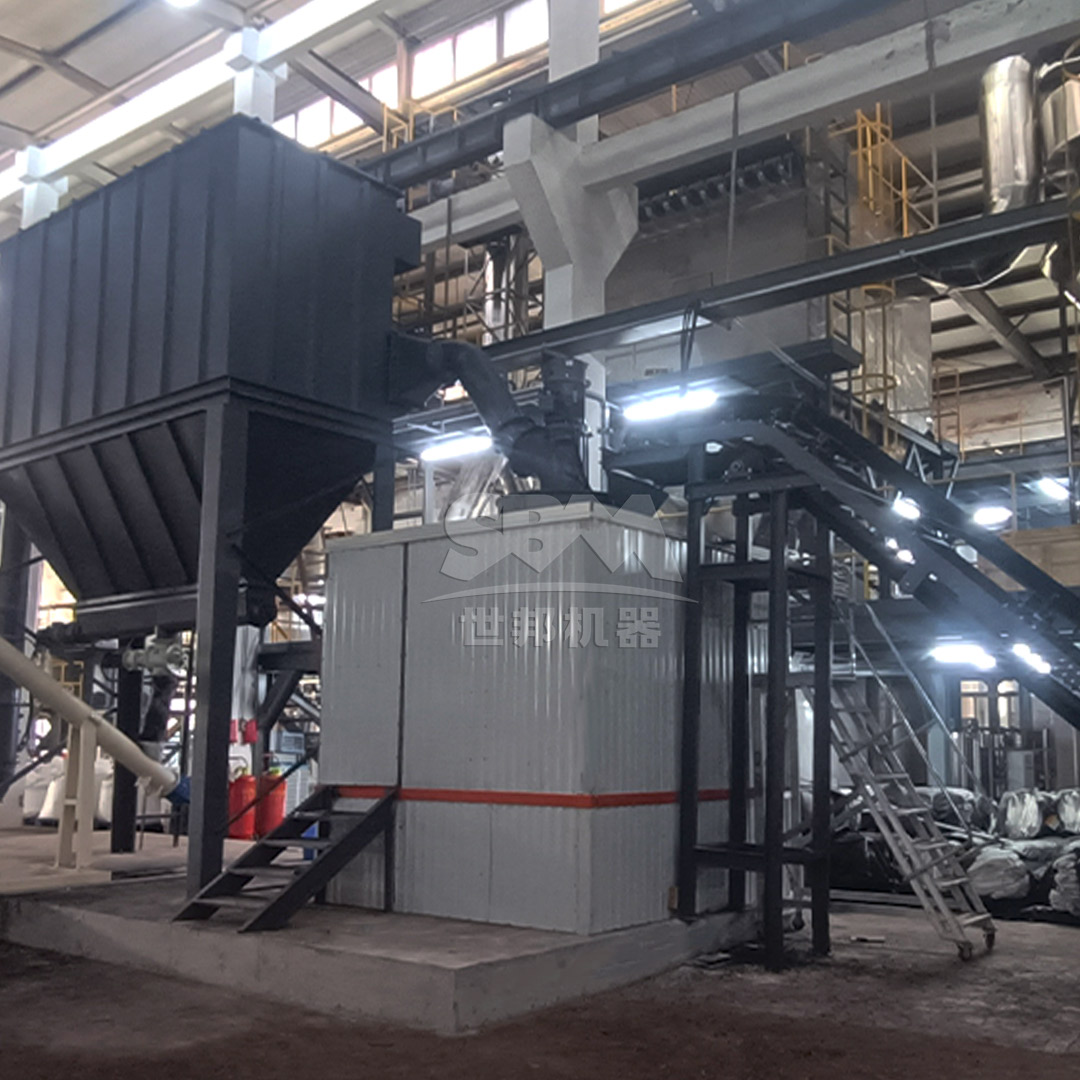
Workflow Integration in AC Production
Integrating the SCM Ultrafine Mill into the wood activated carbon production line involves several stages:
- Raw Material Preparation: Wood chips or sawdust are dried and pre-crushed to below 20mm.
- Activation Process: The material undergoes thermal or chemical activation to develop the porous structure.
- Ultrafine Grinding: The activated carbon is fed into the SCM mill, where it is ground to the desired fineness.
- Collection and Packaging: The fine powder is collected via a cyclone and pulse dust collector, then packaged for distribution.
Case Study: Enhancing Efficiency with MTW Series Trapezium Mill
For larger-scale production or when handling coarser feed materials, the MTW Series Trapezium Mill offers an excellent alternative. With an input size of ≤50mm and output fineness ranging from 30 to 325 mesh (up to 0.038mm), it handles capacities from 3 to 45 tons per hour. Its curved air duct design reduces energy loss, and the combined shovel blade system minimizes maintenance costs.
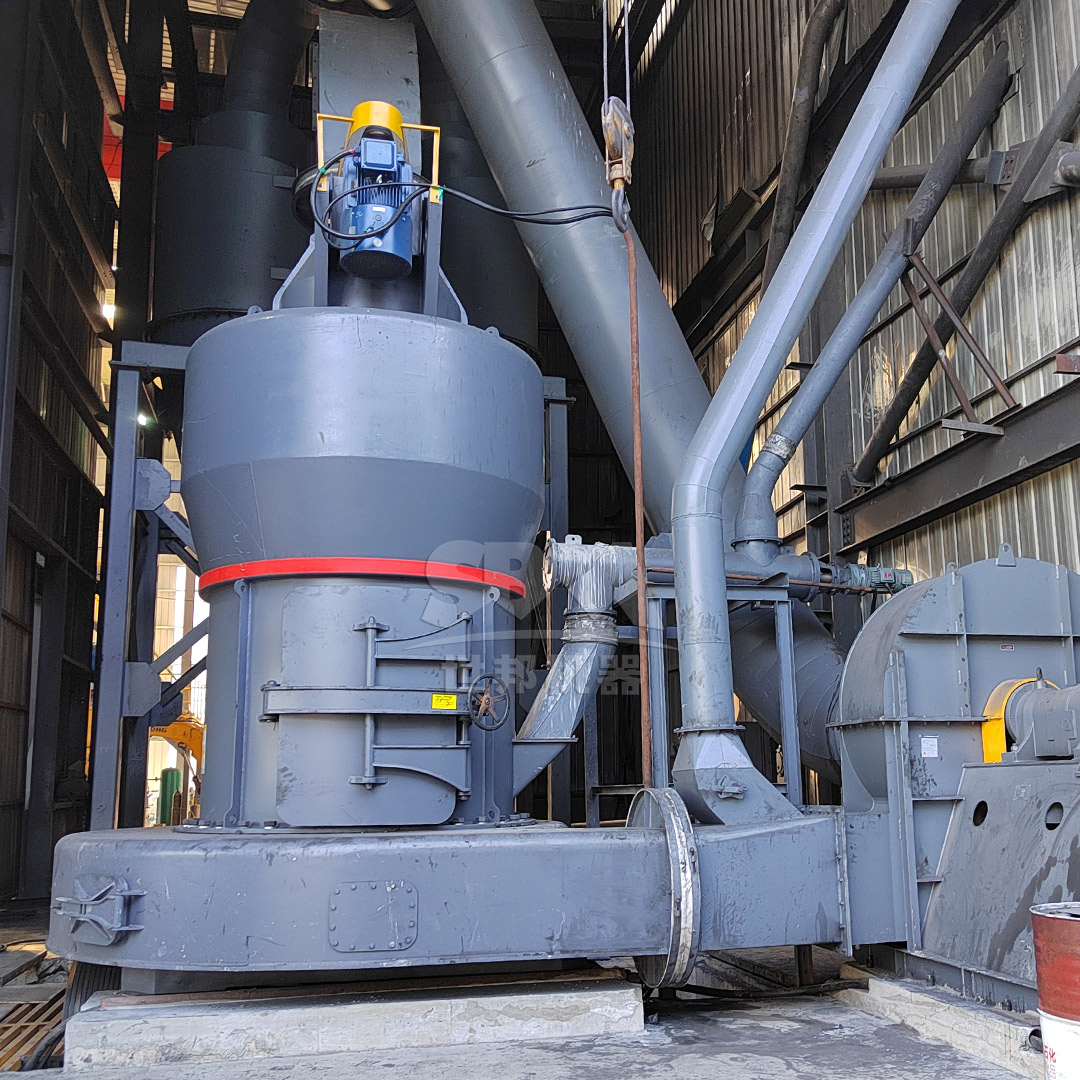
Benefits for AC Production
- Anti-Wear Design: Combined shovel blades reduce maintenance frequency and costs.
- Optimized Airflow: The curved air duct enhances transmission efficiency, lowering energy consumption.
- High Transmission Efficiency: Bevel gear overall transmission achieves up to 98% efficiency, saving space and installation costs.
Environmental and Economic Impact
The adoption of advanced grinding mills like the SCM and MTW series not only improves product quality but also reduces the environmental footprint of activated carbon production. Lower energy consumption translates to reduced greenhouse gas emissions, while advanced dust collection systems minimize particulate matter release. Economically, the increased efficiency and durability of these mills lead to lower operational costs and higher profitability.
Future Trends in Grinding Technology
The future of ultrafine grinding in activated carbon production lies in further automation and integration with Industry 4.0 technologies. Real-time monitoring, predictive maintenance, and AI-driven optimization will enhance efficiency and reduce downtime. Additionally, developments in wearable materials and cooling systems will push the boundaries of fineness and energy savings.
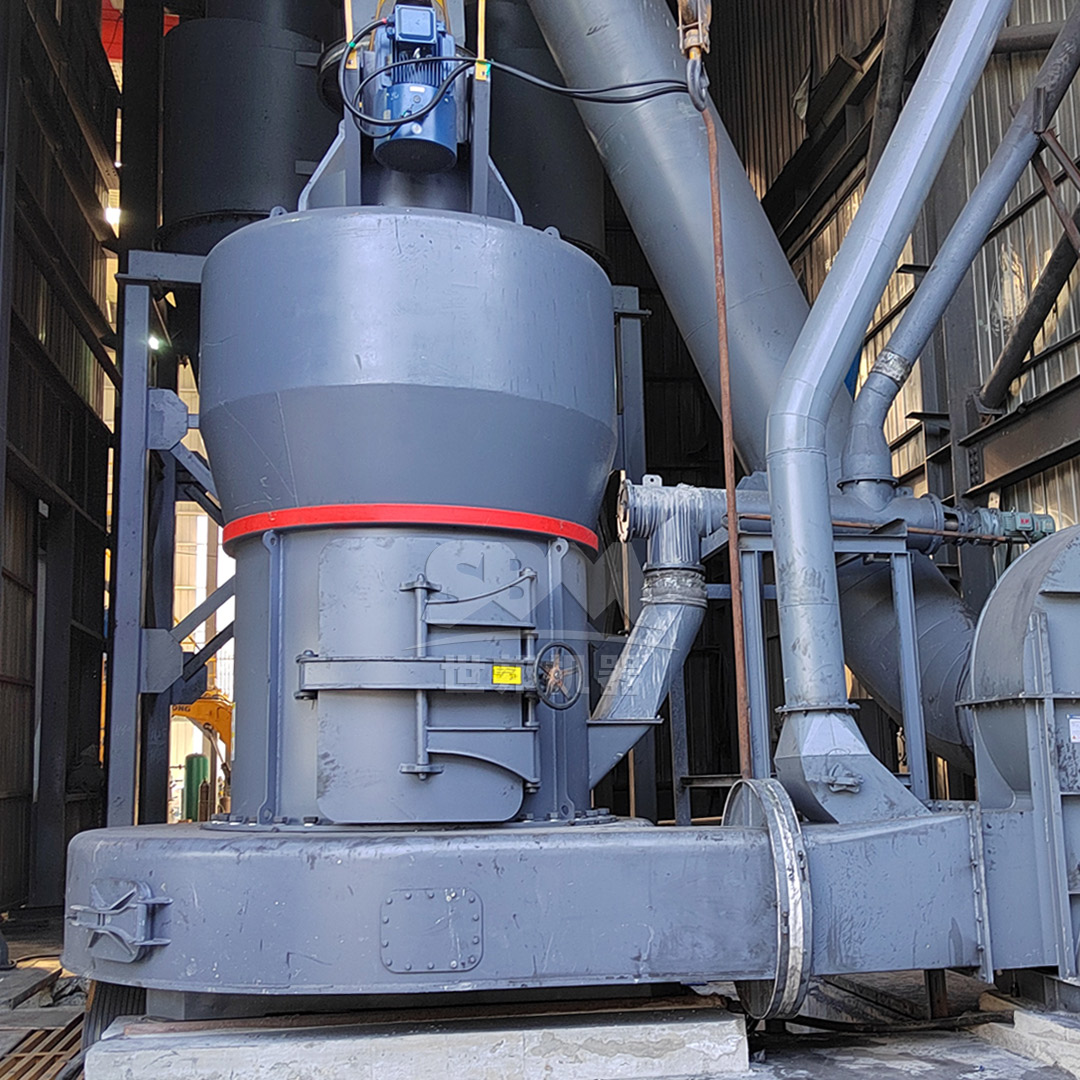
Conclusion
Ultrafine grinding mills have revolutionized wood activated carbon production by enabling precise control over particle size, enhancing adsorption properties, and reducing energy consumption. The SCM Ultrafine Mill and MTW Series Trapezium Mill represent the pinnacle of this technology, offering robust, efficient, and eco-friendly solutions for modern manufacturing needs. As the industry continues to evolve, these advancements will play a crucial role in meeting the growing demand for high-performance activated carbon.


